NASA Artists Create Concepts Of 6 Famous Exoplanets
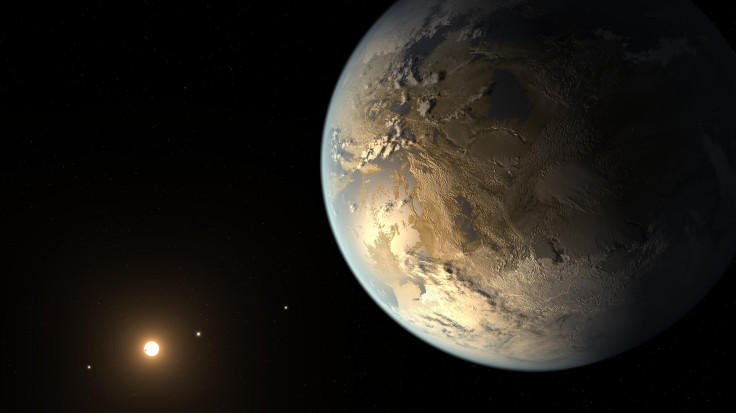
Exoplanets are mysterious much of the time, the planets that sit beyond our solar system are constantly under investigation by NASA in the search for Earth-like planet that might host life.
By definition, an exoplanet is a planet that orbits a sun other than ours. Meaning they’re mostly fairly far away which is part of the reason it can be so difficult to learn about them. But over the years NASA has discovered quite a few exoplanets, thousands actually, and narrowed them down to hundreds that are in the “habitable zone.” Essentially the distance from the planet’s sun where conditions could be right for hosting life.
Read: Send A Message To NASA's Voyager, Extraterrestrials Might Read It One Day
While there are far more factors that come into play than distance from a star when determining habitability, it’s still an important factor for researchers to consider. If life were to exist on those planets it would likely be at a microscopic level and unlike life on Earth. But even those exoplanets that aren’t in the habitable zone can offer vital information to researchers about Earth’s early days and its formation, as well as other planets in our solar system.
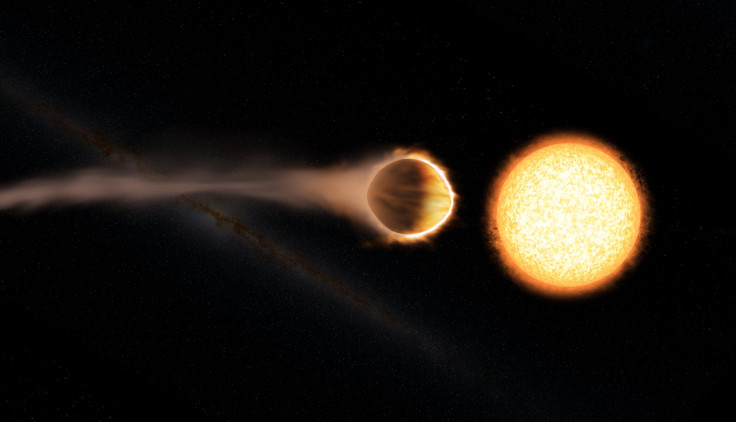
One of the most recent exoplanets that NASA released information on is WASP-121b that is 900 light years from Earth. The planet is called a “hot Jupiter” and it has a glowing atmosphere of water. Despite its distance from Earth the planet has a stratosphere like Earth does, showing that even something so far away has commonalities with planets closer to home.
Kepler-186f is the first Earth-size exoplanet that NASA identified in the habitable zone of a distant star. The planet is rocky but it could potentially have water on it but researchers are unsure. If it did, it would be one of the exoplanets most similar to Earth and would possibly be able to support life.
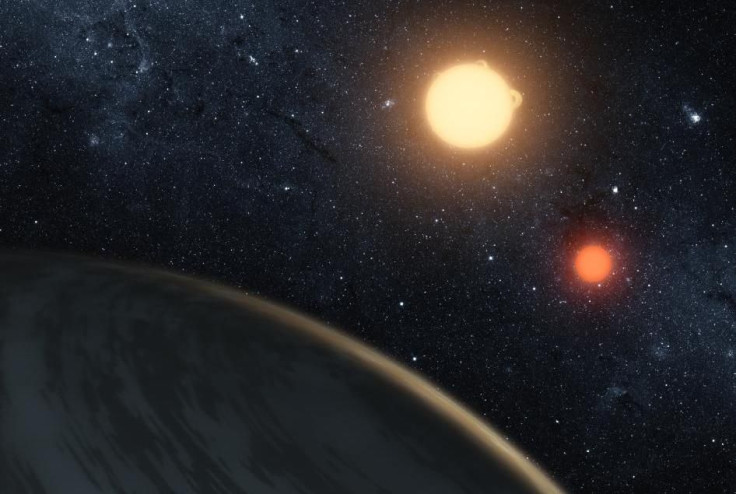
A “real-life Tatooine,” after the planet in Star Wars with two sunsets, is how NASA described Kepler-16b. The exoplanet is the first one known to orbit two stars at once making it a circumbinary planet. While it is remarkable that it can orbit two stars, it’s unlikely it has the capacity to host life. It’s cold and gaseous two unforgiving environmental features for life forms. But the discovery of Kepler-16b was significant because it proved a theory that a planet could orbit two stars.
Read: Exoplanet Closest To Earth Likely Can't Support Life
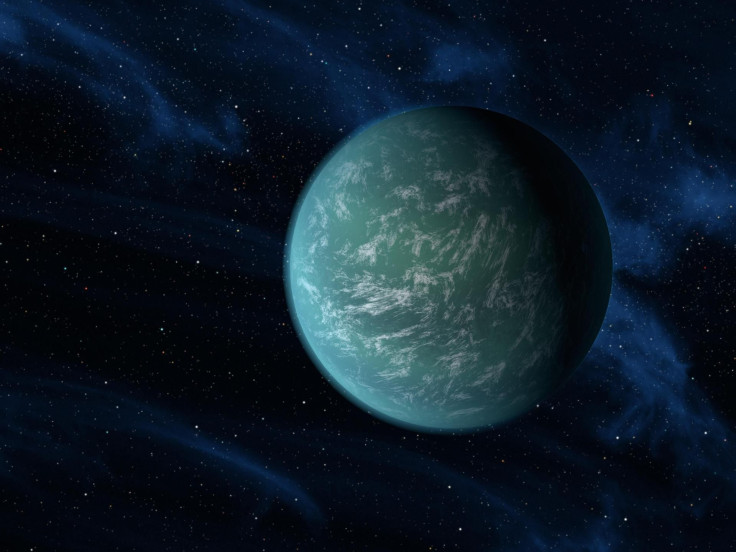
Kepler-22b sits in the sweet-spot of the habitable zone and might have Earth-life features. The planet is 2.4 times the size of Earth, one of the most comparable exoplanets NASA has found and has the right temperature for water. However, researchers aren’t exactly sure what the planet is made of yet.

The three planets that orbit the PSR B1257+12 pulsar star, a neutron star that spins and pulses with radiation. It’s a collapsed core of an exploded massive star still giving off energy. The planets were discovered using a telescope based in Puerto Rico. They’re similar in size to Earth but are not habitable, the radiation coming off of PSR B1257+12 likely hits the planets and causes auroras in their skies.
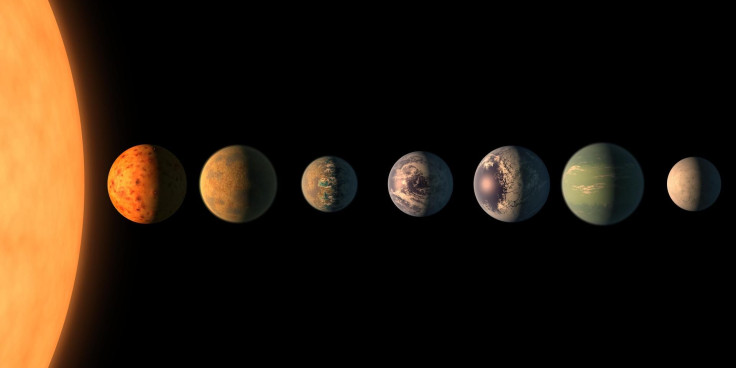
The Trappist system planets are some of the most exciting discoveries to come from NASA research this year. The planets Trappist-1b through Trappist-1g all orbit the star Trappist-1a. All of the planets are Earth-sized and orbit the same star and three of them are located within the habitable zone where the chance for liquid water is highest.
© Copyright IBTimes 2025. All rights reserved.



















